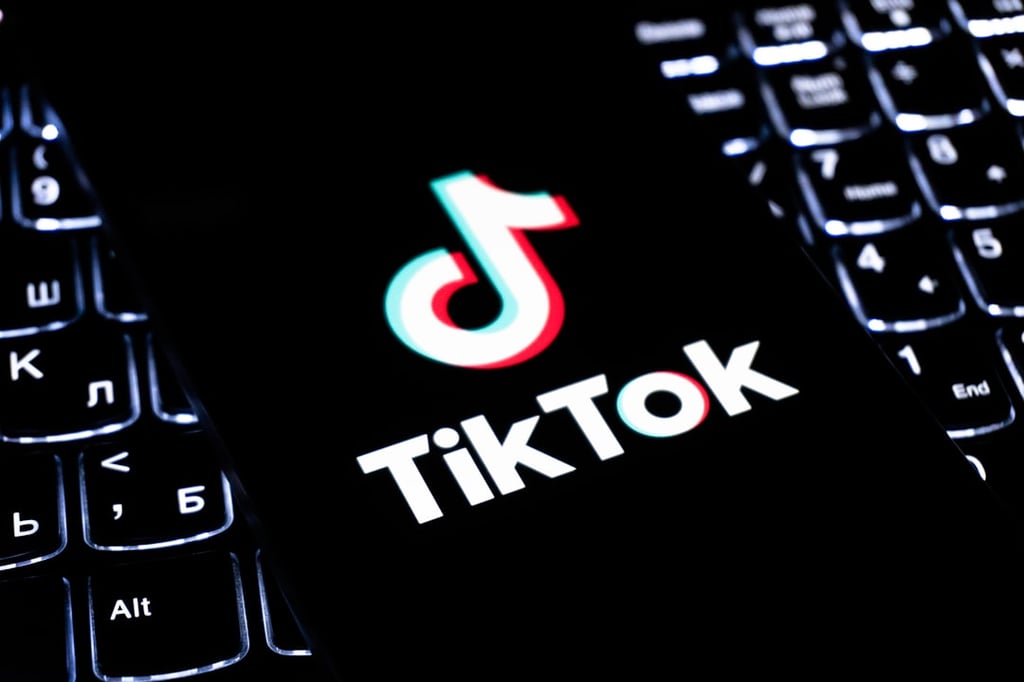Datamation content and product recommendations are
editorially independent. We may make money when you click on links
to our partners.
Learn More
Cell phones have evolved from being simple voice transmitters to
productivity tools and entertainment devices. Now, as several new services
illustrate, they are poised to replace international wire transfers and
banks cards as well.
U.K. based mobile communications carrier Vodaphone (Quote) is
launching M-PESA, a new service that allows Kenyans to send money to family
members using their cell phones. Vodaphone will begin testing M-PESA as an
international service between the U.K. and Kenya in April, and expects to
expand it to other international markets, including Eastern Europe.
Currently, customers of Safaricom, Vodaphone’s carrier partner in Kenya, can
register at any authorized M-PESA agent, put money into their account,
provide a security question and then send a text message to a friend or
family member. The recipient gets a PIN number and a message telling them to
go to a Safaricom agent, where they can pick up their money. Only the sender
needs to be a Safaricom customer.
Vodaphone spokesman Mark Pursey said that another use emerged for this
service during trials, which is businesspeople loading up their accounts
with money before taking the bus to the capital city of Nairobi and then
getting the cash upon arrival, in order to avoid carrying cash on the bus.
“This is not a use we particularly envisioned,” Pursey told
internetnews.com.
But the real opportunity for Vodaphone is in international transactions.
Pursey said that according to the World Bank, migrant workers sent $250
billion home to their families. “The real competitive advantage is in
international remittances,” he said.
The M-PESA service is “very competitively priced compared to other
remittance services, and more affordable to send smaller amounts rather than
larger amounts only every-so-often,” said Pursey.
Given that the U.K. is home to over 1 million migrant workers from Poland
and Lithuania, Vodaphone is likely to expand into those markets soon, Pursey
said.
At the same time, a service launched in Belgium will allow cell phone users
to pay merchants and other service providers (like babysitters) as if they
were using their bank cards.
The system was developed by the Brussels-based payment systems vendor
Banksys and rolled out in collaboration with the three Belgian wireless
carriers, Base, Mobistar and Proximus. The service requires users to have
cell phones equipped with SIM cards containing Banksys’ banxafe encryption
software.
According to Jean-Michel Dasnoy, a spokesman for Banksys, the system allows
consumers to use their cell phones for the same kinds of purchases as they
would pay for using a bank card. The service is particularly attractive for
mobile merchants who don’t want to carry around a point-of-sale terminal.
The system should also appeal to high-end retailers with low volumes because
they can avoid paying the plethora of network and other fees associated with
debit card transactions.
The system has been in place since April 2006, when the carriers began
rolling out the newly minted SIM cards, allowing customers to check their
bank balances and to pay their cell phone bills. “We’ve had more than 6.5
million transactions just testing the system,” Dasnoy told
internetnews.com.
As with Vodaphone, Banksys has its eyes on foreign markets. “We’re ready and
keen to deploy this system with other carriers,” he said. “Everybody has
been impressed that you can see mobile payments with a cell phone.”
This article was first published on InternetNews.com. To read the full article, click here.
-
Huawei’s AI Update: Things Are Moving Faster Than We Think
FEATURE | By Rob Enderle,
December 04, 2020
-
Keeping Machine Learning Algorithms Honest in the ‘Ethics-First’ Era
ARTIFICIAL INTELLIGENCE | By Guest Author,
November 18, 2020
-
Key Trends in Chatbots and RPA
FEATURE | By Guest Author,
November 10, 2020
-
Top 10 AIOps Companies
FEATURE | By Samuel Greengard,
November 05, 2020
-
What is Text Analysis?
ARTIFICIAL INTELLIGENCE | By Guest Author,
November 02, 2020
-
How Intel’s Work With Autonomous Cars Could Redefine General Purpose AI
ARTIFICIAL INTELLIGENCE | By Rob Enderle,
October 29, 2020
-
Dell Technologies World: Weaving Together Human And Machine Interaction For AI And Robotics
ARTIFICIAL INTELLIGENCE | By Rob Enderle,
October 23, 2020
-
The Super Moderator, or How IBM Project Debater Could Save Social Media
FEATURE | By Rob Enderle,
October 16, 2020
-
Top 10 Chatbot Platforms
FEATURE | By Cynthia Harvey,
October 07, 2020
-
Finding a Career Path in AI
ARTIFICIAL INTELLIGENCE | By Guest Author,
October 05, 2020
-
CIOs Discuss the Promise of AI and Data Science
FEATURE | By Guest Author,
September 25, 2020
-
Microsoft Is Building An AI Product That Could Predict The Future
FEATURE | By Rob Enderle,
September 25, 2020
-
Top 10 Machine Learning Companies 2020
FEATURE | By Cynthia Harvey,
September 22, 2020
-
NVIDIA and ARM: Massively Changing The AI Landscape
ARTIFICIAL INTELLIGENCE | By Rob Enderle,
September 18, 2020
-
Continuous Intelligence: Expert Discussion [Video and Podcast]
ARTIFICIAL INTELLIGENCE | By James Maguire,
September 14, 2020
-
Artificial Intelligence: Governance and Ethics [Video]
ARTIFICIAL INTELLIGENCE | By James Maguire,
September 13, 2020
-
IBM Watson At The US Open: Showcasing The Power Of A Mature Enterprise-Class AI
FEATURE | By Rob Enderle,
September 11, 2020
-
Artificial Intelligence: Perception vs. Reality
FEATURE | By James Maguire,
September 09, 2020
-
Anticipating The Coming Wave Of AI Enhanced PCs
FEATURE | By Rob Enderle,
September 05, 2020
-
The Critical Nature Of IBM’s NLP (Natural Language Processing) Effort
ARTIFICIAL INTELLIGENCE | By Rob Enderle,
August 14, 2020
SEE ALL
ARTICLES







